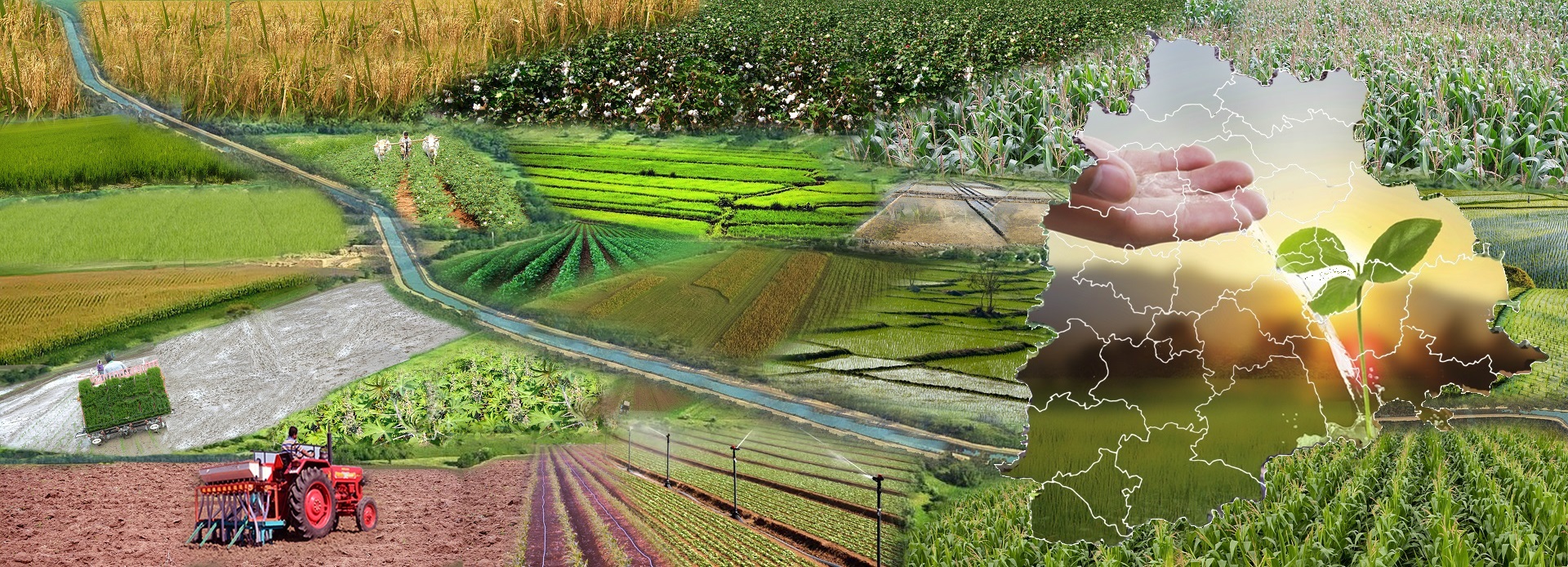



Received: 02-Apr-2022, Manuscript No. GJAEERD-22-63800; Editor assigned: 05-Apr-2022, Pre QC No. GJAEERD-22-63800 (PQ); Reviewed: 20-Apr-2022, QC No. GJAEERD-22-63800; Revised: 28-Apr-2022, Manuscript No. GJAEERD-22-63800 (R); Published: 06-May-2022, DOI: 10.15651/2408-5480.22.10.004
Forests and wildlife are interdependent in the environment. A forest is a big region of land dominated by trees, aquatic biodiversity, multi-species animals, and a million different microorganisms. We can find many wild animals present in the forests. Forests and wildlife are required to keep the number of various animal and bird species in check. The food chain in the forest environment contains primary, secondary, and tertiary consumers. Animal and wildlife resources are necessary to cover to maintain the ecosystem. We should plant further trees and ban people from hunting and cutting trees.
Let’s explore further about forest and wildlife and conserve forest and wildlife in detail in the given below composition. Forestry is the means by which trees can be produced as a renewable resource for wood or biomass for direct forest sales, production of trees for ornamental plantings or woody material for composite products or for use as a combustion energy source. Human beings share this planet, Earth, with many living organisms like wild animals, birds, forests, flowers, etc., due to the enormous wishes of humans, the forest lands have been cleared to build many buildings, dams, industries, etc., which is directly affecting biodiversity.
The forest and wildlife are the major sources of the ecosystem, and they're interdependent too. Many species around us are coming to the verge of extermination due to mortal conditioning. There are many factors like mining, shifting cultivation, expansion of agrarian lands, etc., substantially responsible for affecting the timbers and wildlife. We can conserve forests and wildlife in various ways by adopting many traditional techniques. Forest ecosystems have come to be seen as the most important element of the biosphere all people depend upon forests and their biodiversity, some further than others.
Foresters develop and implement forest management plans relying on mapped resource inventories showing an area's topographical features as well as its distribution of trees and other plant cover. Plans also include landowner objectives, roads, culverts, proximity to human habitation, water features and hydrological conditions, and soils information forestry operation plans generally include recommended silvicultural treatments and a schedule for their perpetration. Application of digital charts in geographic information systems that excerpts and integrates different information about timber terrains, soil type and tree covers, etc., and using ray scanning, enhances forestry operation plans in ultramodern systems. Over the once centuries, forestry was regarded as a separate science. With the rise of ecology and environmental science there has been a reordering in the applied separate sciences. In line with this view, forestry is a primary land- use comparable with agriculture. Conservation of forestry is the practice of saving the trees that are cut the industries and other associations in the name of development and urbanization. It's planting new trees and taking care of them.
Deforestation is the process of cutting trees and using the area domestic or industrial purpose. Hence, deforestation must be controlled to control the destruction of the forestry. Awareness about climate change due to deforestation must be spread among people. Since industrialization is slowly growing in the ultramodern world, duly planned deforestation must be done. The forestland which cannot be used and that need lower time to grow must be used as raw materials. Widely the trees are cut so that rare trees are saved. Forestry fires are also among the causes of deforestation. Proper measures to help forestry fires should be taken. Old forest land that can catch fire due to lightning must be removed.
Planning and prosecution of the elimination of timber fires must be done priory by the government. The significance of conserving the trees must be explained to the people. Wildlife conservation the protection of different wildlife in the forest is called wildlife conservation. Wildlife refers to the animals and birds produced by the forest land's raw material plant. The forest is their natural environment, and when forests are destroyed, these species become homeless. These creatures can latterly come among the villages and feed on the crops as they don't have a specific home to live. Medicinal plants that have an essential therapeutic value are obtained in forestry. Most of the antibiotics are manufactured by the raw accoutrements plant in the forestland. Nearly one-third of the pharmaceutical assiduity gets its raw accoutrements from the forestland. These medicinal plants may also have the eventuality to cure numerous conditions that man has not plant a cure for. Hence, forests are essential places for scientists to find samples to probe and find a cure, explore different parcels of plants. These medicinal plants are wild and can also come under the term of wildlife.